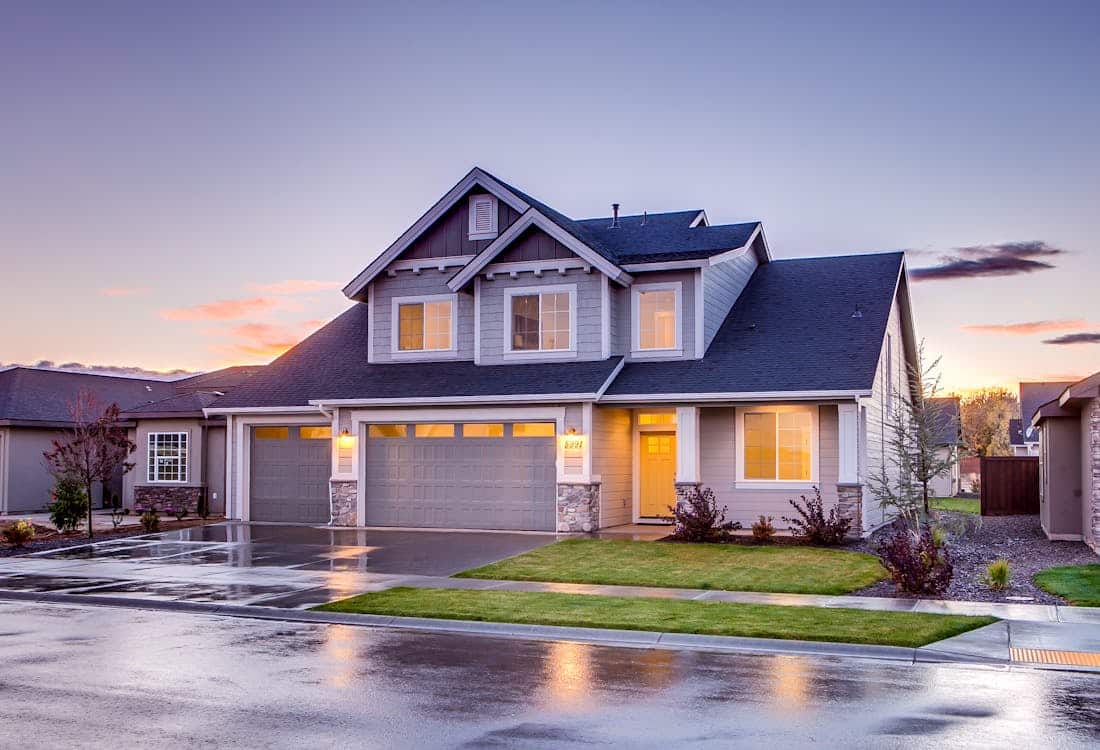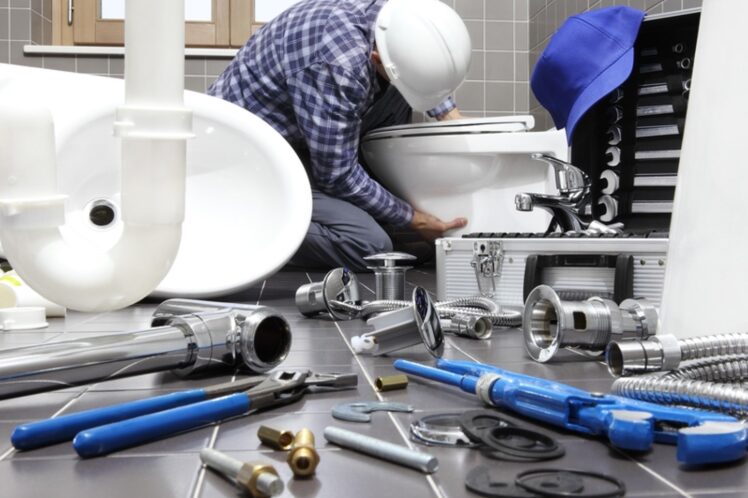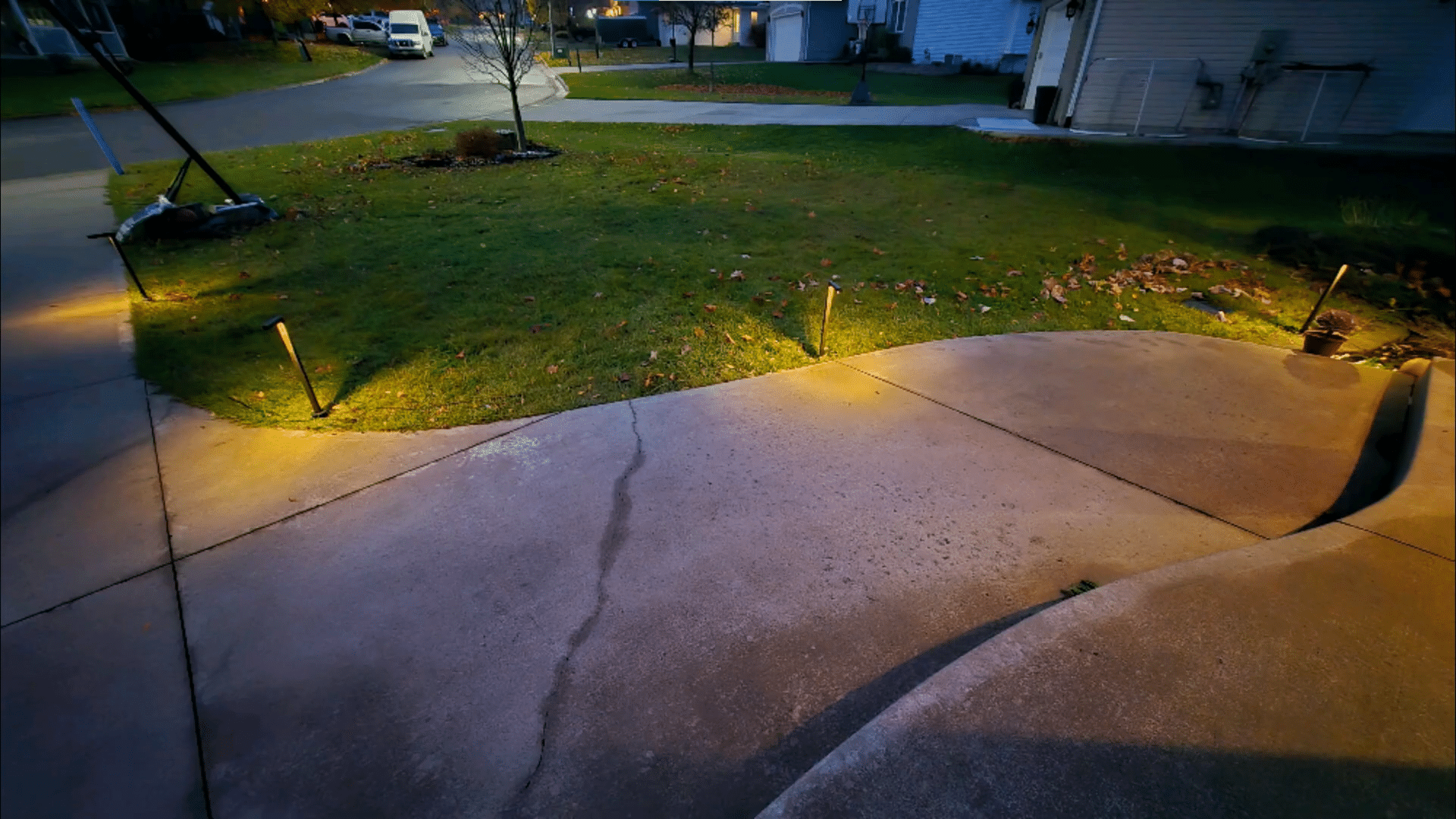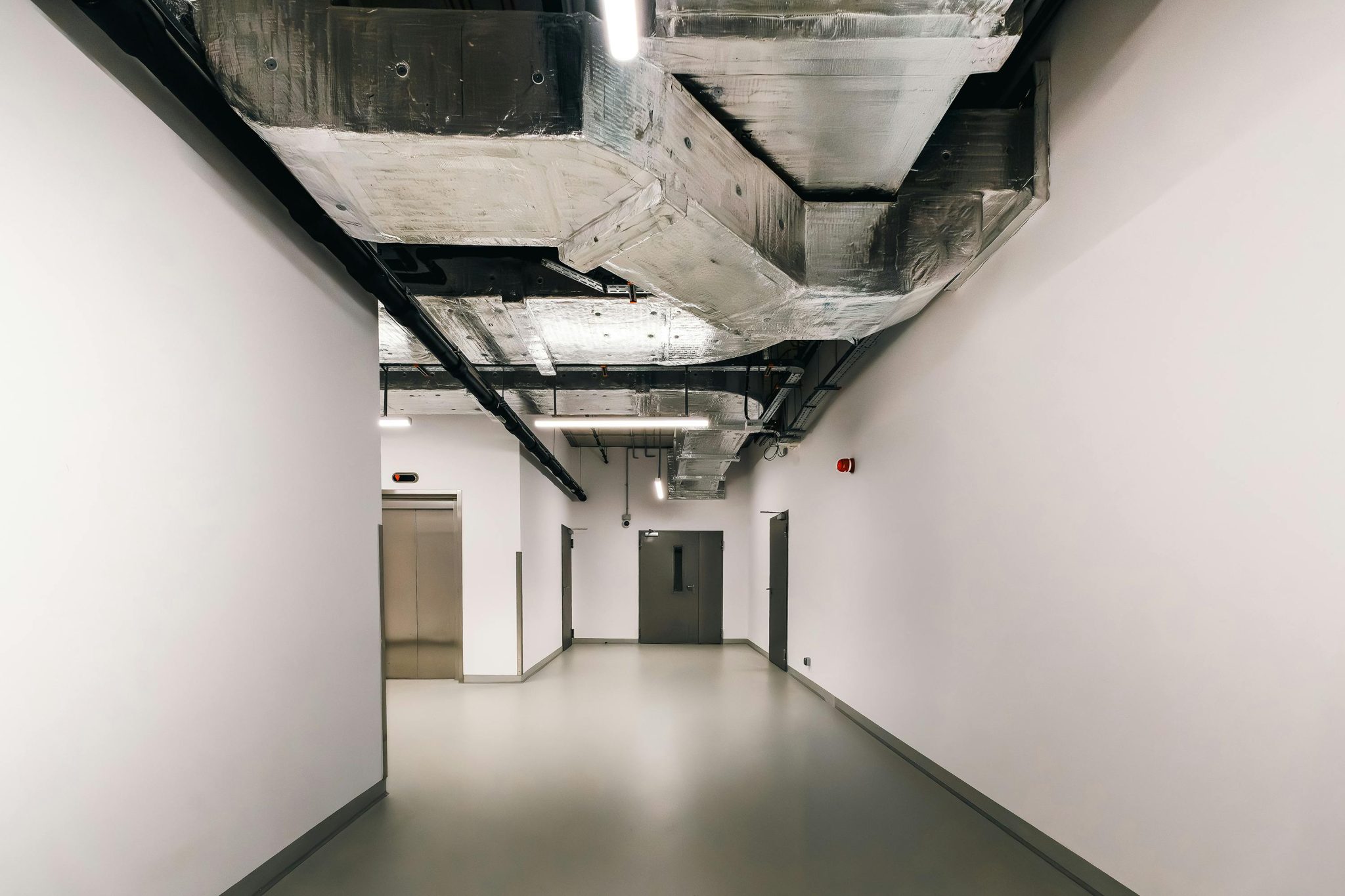Choosing the Right Drainage System for Your Home
An efficient drainage system is the unsung hero of your home. It silently safeguards your foundation, prevents basement flooding, and keeps your landscaping healthy. However, with various options available, choosing the right system can feel overwhelming.
This article will be your guide on this journey. We’ll discuss the key factors to consider when selecting a drainage system, from understanding your specific needs to exploring different system types.
Understanding Your Needs
Here are some key factors to consider when choosing the right system for your home’s specific needs. :
Property Type
The type of foundation your home rests on significantly impacts drainage requirements. Houses with basements, crawlspaces, or slabs each require distinct drainage solutions.

This setup directs surplus water away from the house, lessening the likelihood of flooding or structural harm due to hydrostatic pressure. Additionally, they complement other drainage solutions like downspouts, gutter alternatives, landscaping, and retaining walls, making them suitable for various property types.
Soil Composition
The soil surrounding your home plays a crucial role in natural drainage. Sandy soils with large particles allow water to drain quickly and efficiently. Clay soils, with finer particles, have poor drainage properties, requiring additional drainage solutions to prevent water from accumulating around the foundation.
Rainfall Patterns
Local rainfall patterns significantly influence your drainage needs. Areas with high annual rainfall require drainage systems capable of handling large volumes of water quickly and efficiently. Conversely, regions with less rainfall might opt for simpler systems.
Additionally, Forbes highlights that installing a rain barrel or cistern can be a cost-effective way to manage rainwater. This can significantly reduce your flood risk, especially in flood-prone areas.
Local governments may even offer incentives for installing rainwater collection systems. The size of your rainwater harvesting system depends on your budget and needs. Rain barrels typically hold 55 gallons but can range up to 100 gallons, while cisterns can hold thousands of gallons.
Landscaping
 Existing landscaping elements like gardens, slopes, and hardscaping (patios, walkways) can influence drainage patterns and impact your system design. Slopes that direct water towards the foundation might require additional measures to divert water flow.
Existing landscaping elements like gardens, slopes, and hardscaping (patios, walkways) can influence drainage patterns and impact your system design. Slopes that direct water towards the foundation might require additional measures to divert water flow.
Underground drainage pipes might need to be strategically placed to navigate existing landscaping features. Considering how your drainage system interacts with your landscaping from the outset ensures a cohesive and functional solution.
Types of Drainage Systems
Once you understand your property’s drainage needs, it’s time to explore the different types of systems available. Here’s a breakdown of the most common solutions:
1. Surface Drainage
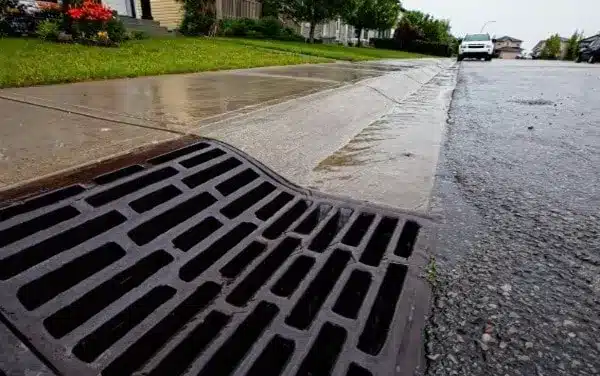 This system channels rainwater away from your foundation before it has a chance to seep in. Gutters and downspouts act as the first line of defense, collecting rainwater from your roof and directing it away from the house.
This system channels rainwater away from your foundation before it has a chance to seep in. Gutters and downspouts act as the first line of defense, collecting rainwater from your roof and directing it away from the house.
Extending downspouts at least six feet away from the foundation is crucial. Swales, shallow ditches strategically placed around your property, can further direct surface water away from your home.
2. Subsurface Drainage
This system tackles the challenge of groundwater. A network of perforated pipes buried underground collects water that has seeped into the soil. These pipes then channel the water away from the foundation, often to a designated drainage area or dry well.
Subsurface drainage systems are particularly important for homes with basements or crawlspaces, where groundwater accumulation can pose significant problems.
3. Sump Pumps
 In basements and crawlspaces, sump pumps serve as the final barrier against water infiltration. Positioned within a sump pit, these electric pumps activate automatically when water levels surpass a set threshold. Subsequently, the pump expels the accumulated water from the foundation, typically via a designated drainage conduit.
In basements and crawlspaces, sump pumps serve as the final barrier against water infiltration. Positioned within a sump pit, these electric pumps activate automatically when water levels surpass a set threshold. Subsequently, the pump expels the accumulated water from the foundation, typically via a designated drainage conduit.
Regular maintenance of a pump, as advised by TownLift, is crucial for optimal performance. This includes checking for debris, testing the system before heavy rain, inspecting for damage, and ensuring secure power connections.
For added peace of mind, consider installing a backup sump pump, especially in regions prone to flooding or power outages. Water-powered backup pumps, utilizing Bernoulli’s principle, offer a reliable option in case of electricity disruptions.
Installation Factors to Consider
The complexity of your chosen system significantly impacts the installation approach. Simple surface drainage systems with gutters and downspouts might be suitable for DIY enthusiasts with proper knowledge and tools.
However, according to SitePro Rentals, intricate subsurface drainage systems involving buried pipes and precise grading often require professional installation. If you choose the DIY route, be prepared for some physical labor and a commitment to thorough research.
While some tools might be readily available, for projects requiring trenching, consider hiring mini excavators for rent. These versatile machines can significantly streamline the excavation process, making it easier to dig precise trenches and grade the land effectively. Additionally, mini excavators allow for more efficient and precise work compared to manual labor, ultimately saving time and effort.
However, ensure you possess the necessary skills and knowledge to operate such equipment safely. Detailed online resources and instructional videos can be valuable guides.
Before embarking on any drainage system installation, check with your local building department. Building codes might have specific regulations regarding drainage system design, materials, and installation procedures. Obtaining any necessary permits ensures your system complies with local regulations and avoids potential delays or fines.
A well-designed and installed drainage system requires minimal maintenance. However, considering future maintenance access is crucial. For example, if clean-out points are easily accessible, clearing debris from the system becomes a breeze.
Similarly, ensuring sump pump basins are readily accessible simplifies inspection and maintenance tasks. By factoring in long-term maintenance during installation, you can ensure your drainage system functions efficiently for years to come.
Frequently Asked Questions
What are the principles of a good house drainage system?
A good house drainage system efficiently diverts water from the foundation, with proper sizing and design to handle runoff. Regular maintenance prevents clogs, while compliance with local regulations and eco-friendly practices ensure long-term effectiveness and environmental responsibility.
What are the qualities of a good drainage system?
A good system requires sufficient headroom to handle sudden downpours without compromising performance. Gutters must be appropriately sized based on roof slope, local rainfall, and other factors. Additionally, downspouts should match the capacity of gutters to ensure efficient water flow away from the property.
Which soil has the best drainage system?
Sandy soil typically has the best drainage system due to its large particles and low water retention. It allows water to percolate quickly through the soil, preventing waterlogging and promoting healthy root growth. However, sandy soil may require more frequent irrigation and nutrient supplementation for optimal plant growth.
In conclusion, an efficient drainage system may not be the most glamorous home improvement, but its importance can’t be overstated. By understanding your property’s needs, exploring different system types, and considering installation factors, you can create a comprehensive drainage plan.
Remember, the right system goes beyond just preventing leaks and flooding. It promotes a healthy living environment by controlling moisture levels, preventing mold growth, and protecting your foundation from structural damage. This translates to a drier, more comfortable home and potentially reduces future repair costs.

